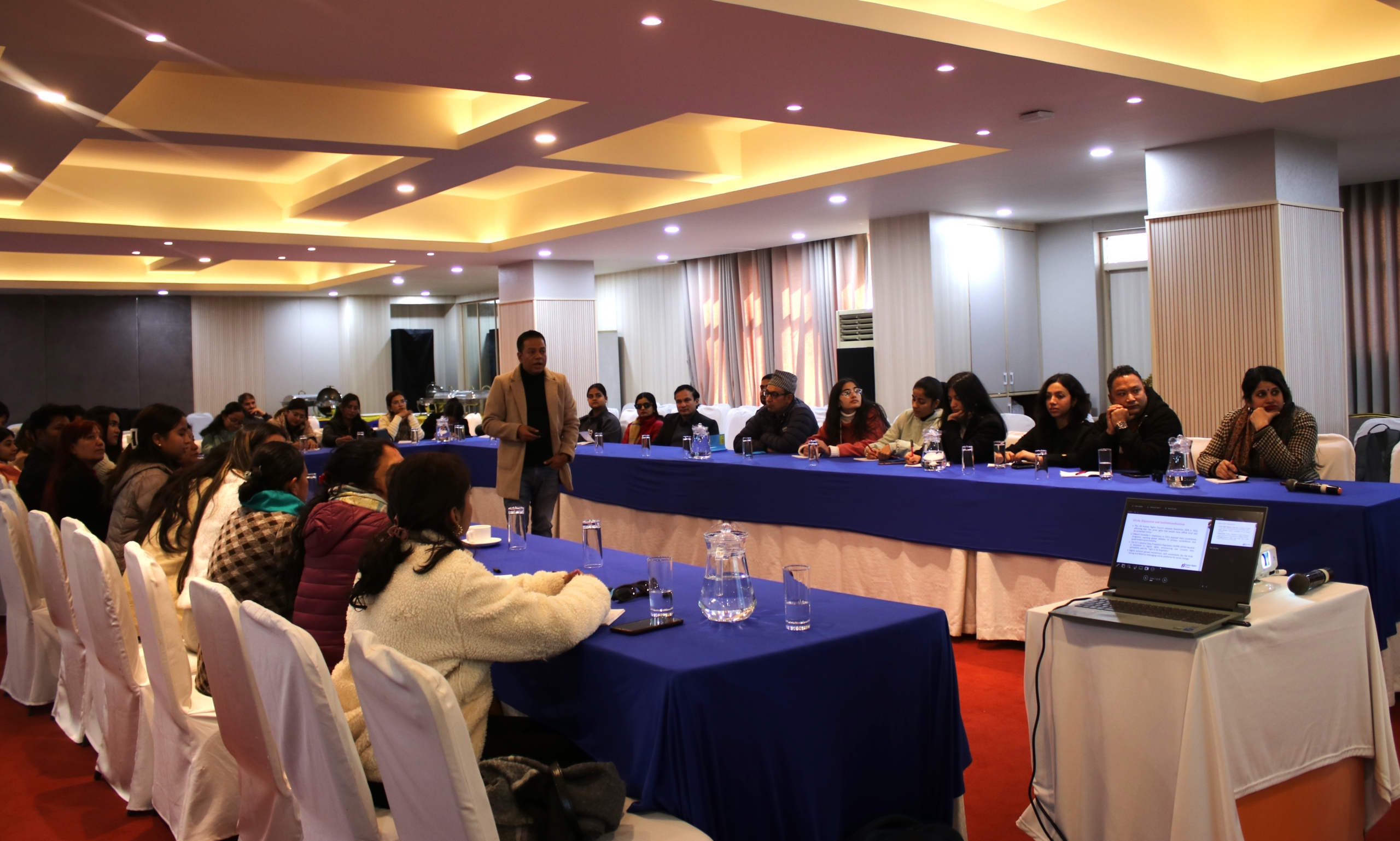On 26 December, Amnesty International Nepal, in collaboration with Digital Rights Nepal, organised a day-long training for its members. The focus of the training was to explore the intersections of digital rights and human rights, emphasising the significance of data privacy and security in the digital era. With a series of sessions led by experts from Digital Rights Nepal, the training served as a platform to discuss the evolution, challenges, and future of digital rights while providing practical guidance on safeguarding digital security. More than 35 AI Nepal members participated in the program.
Nirajan Thapaliya, the director of Amnesty International Nepal, opened the training by emphasising the critical importance of digital rights in today’s internet and cyber space dominated world. He noted that as human rights expand into the digital sphere, ensuring equal and secure access to digital spaces is imperative for protecting fundamental freedoms.
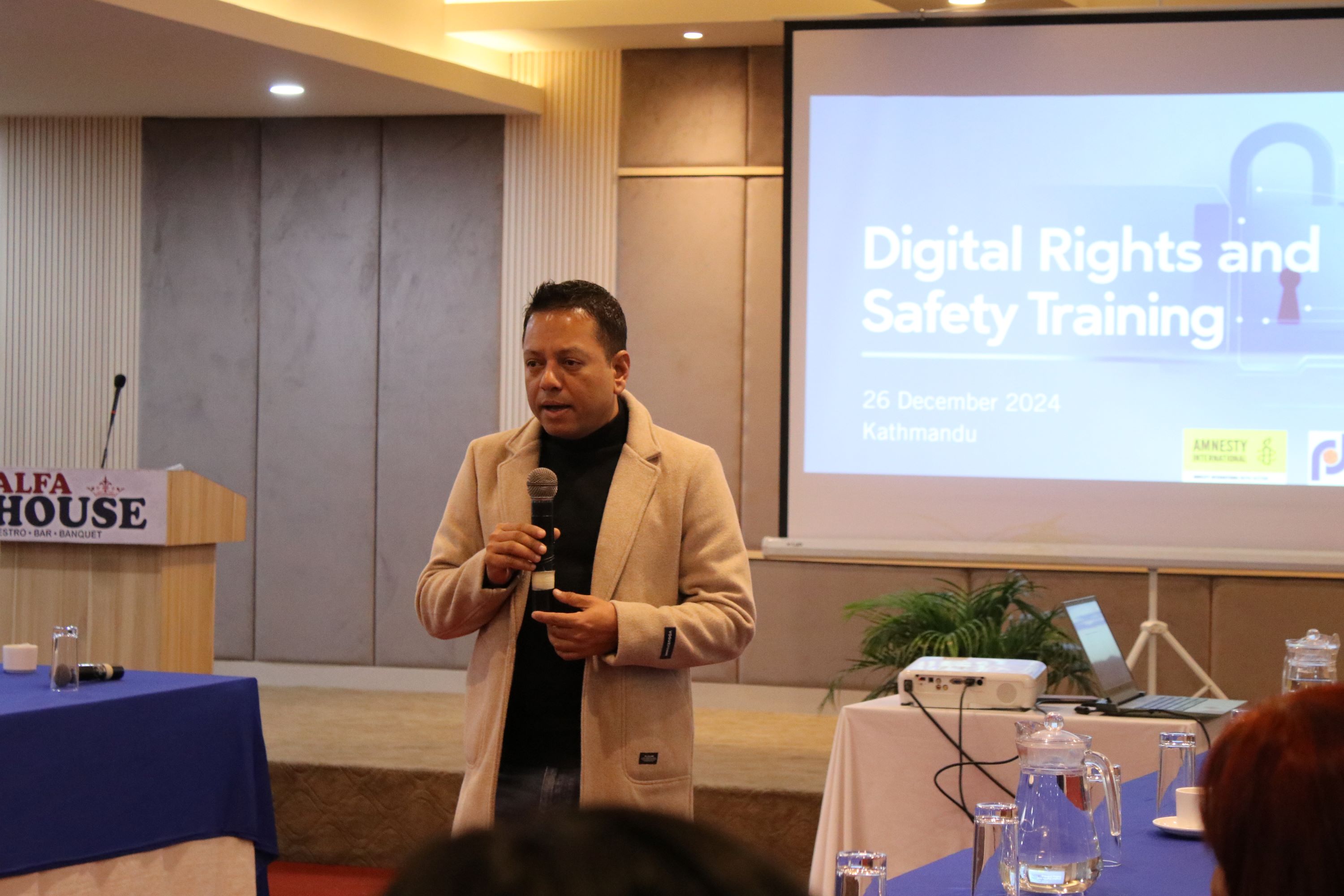
The first session, led by Santosh Sigdel, Executive Director of Digital Rights Nepal, delved into the concept of digital rights, tracing their evolution globally and within Nepal. He explained that digital rights are an extension of human rights, recognised by the United Nations as a fundamental human right. The primary goal of these rights is to ensure that everyone can participate in the digital space without discrimination. Sigdel noted that digital rights are intrinsically tied to several freedoms such as freedom of expression, the right to privacy, and the right to access to information.
Sigdel also explored key global milestones in the development of digital rights, including John Perry Barlow’s 1996 Declaration of the Independence of Cyberspace, which emphasised the internet as a free and open space; the European Union’s 1995 introduction of the Data Protection Directive; the World Summit on the Information Society in 2003 and 2005, which highlighted digital inclusion and internet governance; and the UN Human Rights Council’s 2012 adoption of Resolution 20/8, which recognized that human rights apply online as they do offline. He also shared how digital movements like #MeToo further demonstrated how digital activism has become a powerful tool for social change.
In addition, he also discussed the history of internet access in Nepal, from its commercialisation in the 1990s to early debates around access to technology and bridging the digital divide. Today, these challenges persist in new forms, he added, such as ensuring accessibility for persons with disabilities, overcoming language barriers, and addressing the rural-urban digital gap.
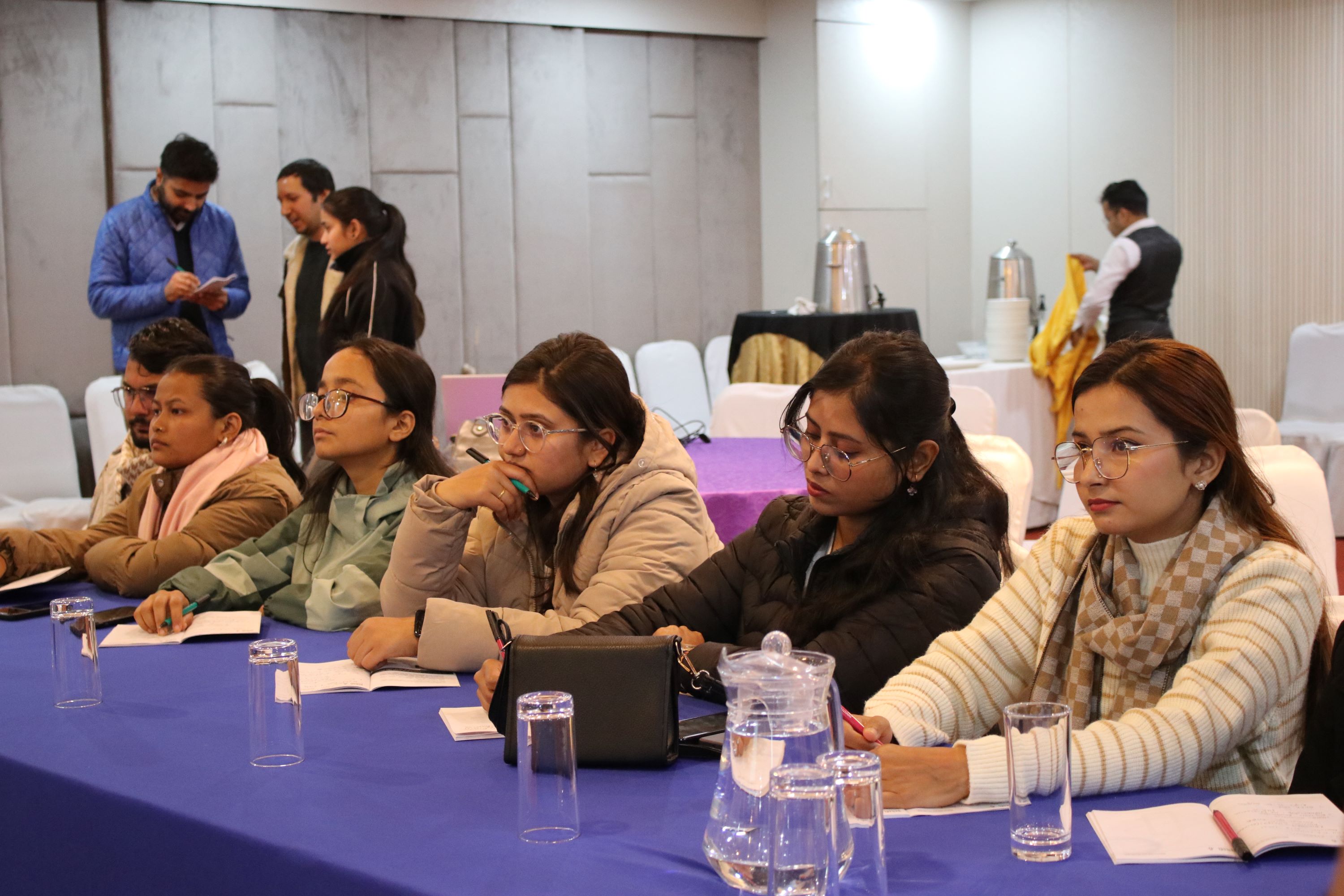
Sigdel highlighted data privacy as a cornerstone of digital rights. He emphasised the growing threats posed by data breaches, online tracking, surveillance, and the misuse of personal data in artificial intelligence. These challenges, he argued, necessitate robust legal and institutional frameworks to protect individuals’ privacy and ensure accountability.
The session also covered the legal frameworks governing digital rights in Nepal, including the Electronic Transactions Act, Nepal’s primary legislation addressing cybercrime; the Muluki Ain (General Code), which covers aspects of privacy and defamation; the Privacy Act, focusing on safeguarding personal information; the Advertisement Act, which regulates online advertising practices; the Social Media Directive, setting guidelines for content moderation and accountability; and the proposed Media Council Act, a controversial draft with implications for press freedom and online expression. Examples of online censorship cases, such as China’s Great Firewall and North Korea’s restricted internet, were discussed. In Nepal, notable cases like Apoorva Kshitiz Singh’s cyber harassment case were cited to illustrate the implications of digital rights violations.
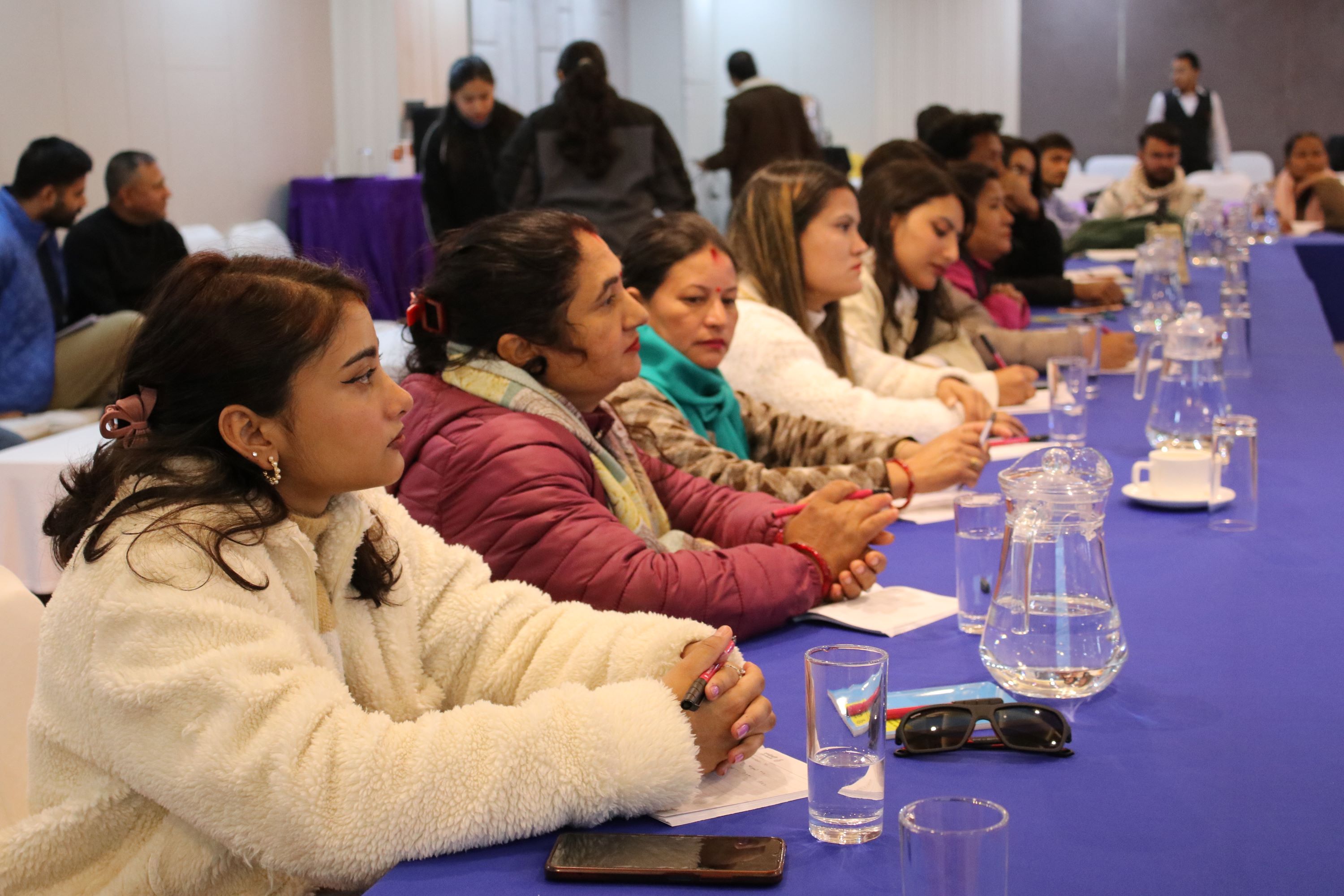
Saurav Bhattarai, a trainer with Digital Rights Nepal, led a session on freedom of expression. He explored its grounding in international frameworks, such as the Universal Declaration of Human Rights (1948) and the International Covenant on Civil and Political Rights (1966), and its incorporation into Nepal’s Constitution. Dhakal provided examples of censorship, from the Canadian trucker protests’ crackdown to localized incidents in Nepal, shedding light on the tension between regulation and rights.
The final session by Sanjina Chettri, of Digital rights Nepal, was a practical guide on digital safety and hygiene. She provided actionable steps to mitigate digital risks, including safeguarding passwords, enabling two-factor authentication, among others. She also stressed the importance of using secure networks and VPNs, regularly updating software to patch vulnerabilities, and reporting incidents such as cyberbullying or data breaches to local police or the Cyber Bureau in Nepal. Participants were encouraged to prioritise personal and organisational digital safety to reduce exposure to threats like cybercrime, surveillance, and data misuse.
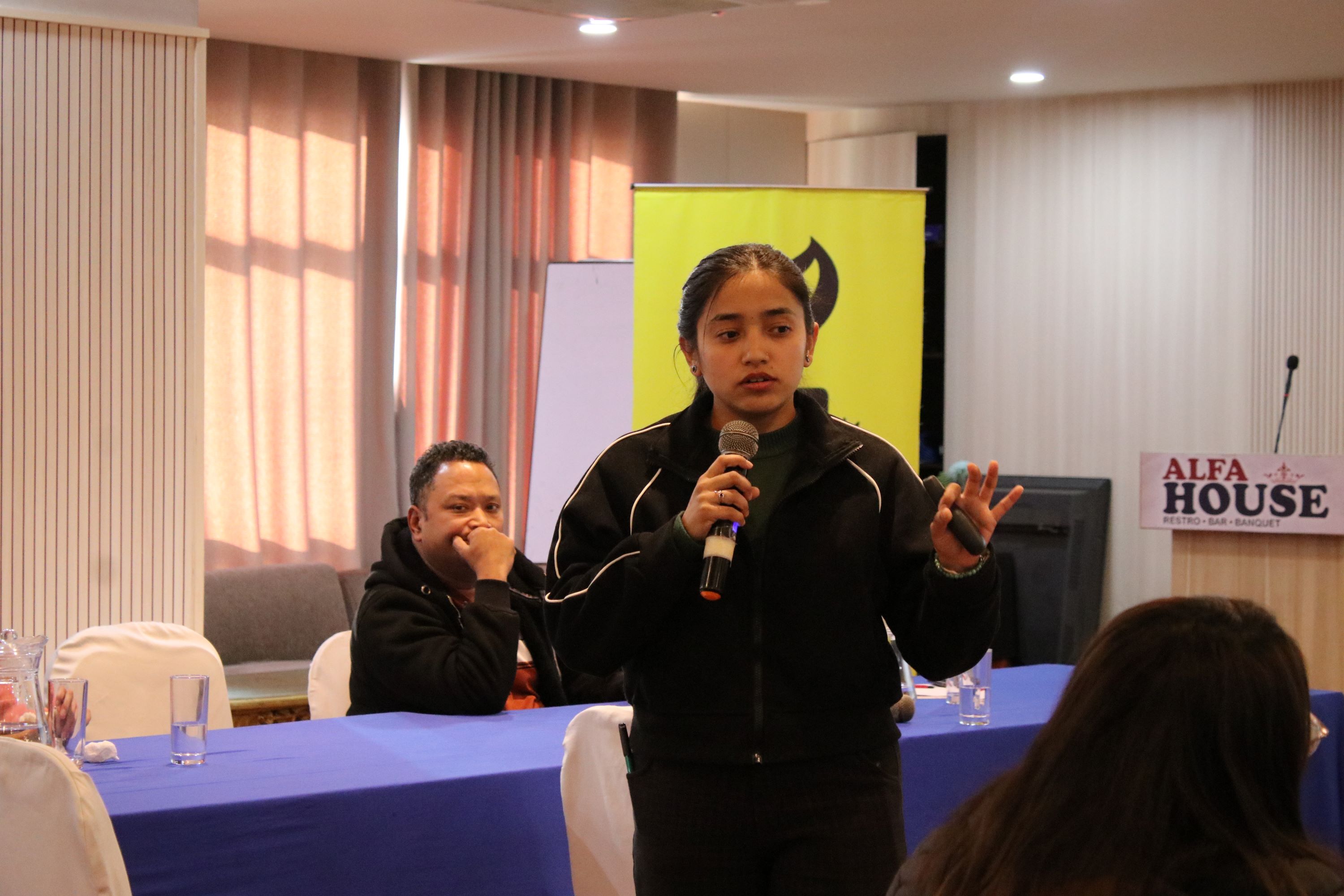
The training underscored the critical role of digital rights in protecting fundamental freedoms in the digital age. By addressing legal frameworks, historical contexts, and practical safety measures, it equipped participants with the knowledge and tools to navigate the complex landscape of digital rights. As Nepal continues to embrace digital transformation, such initiatives are vital for fostering an inclusive, safe, and equitable digital environment.


